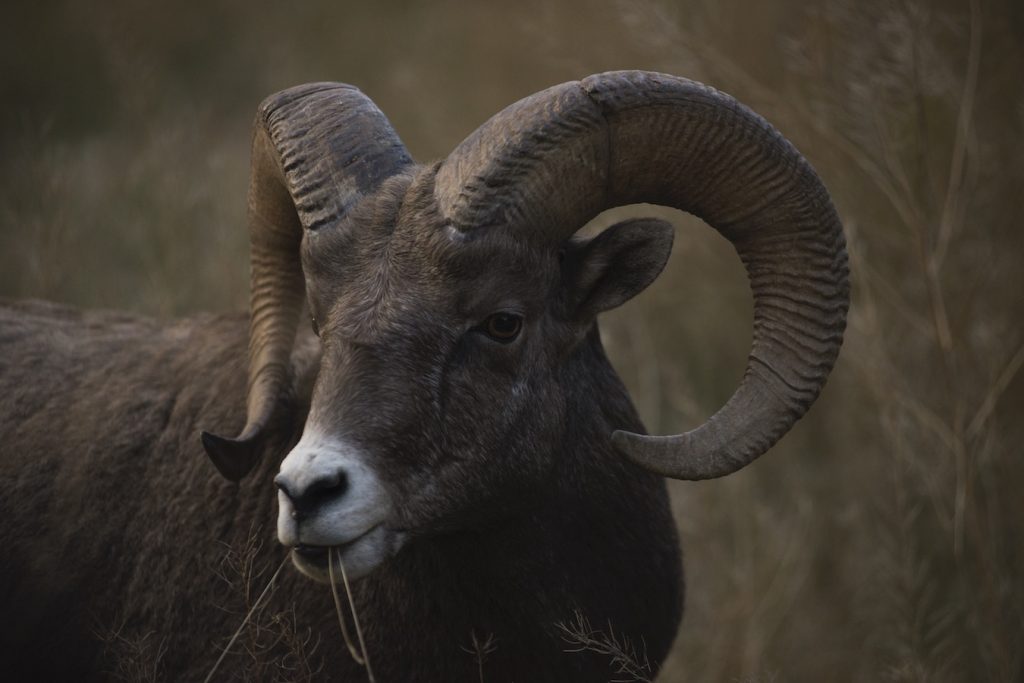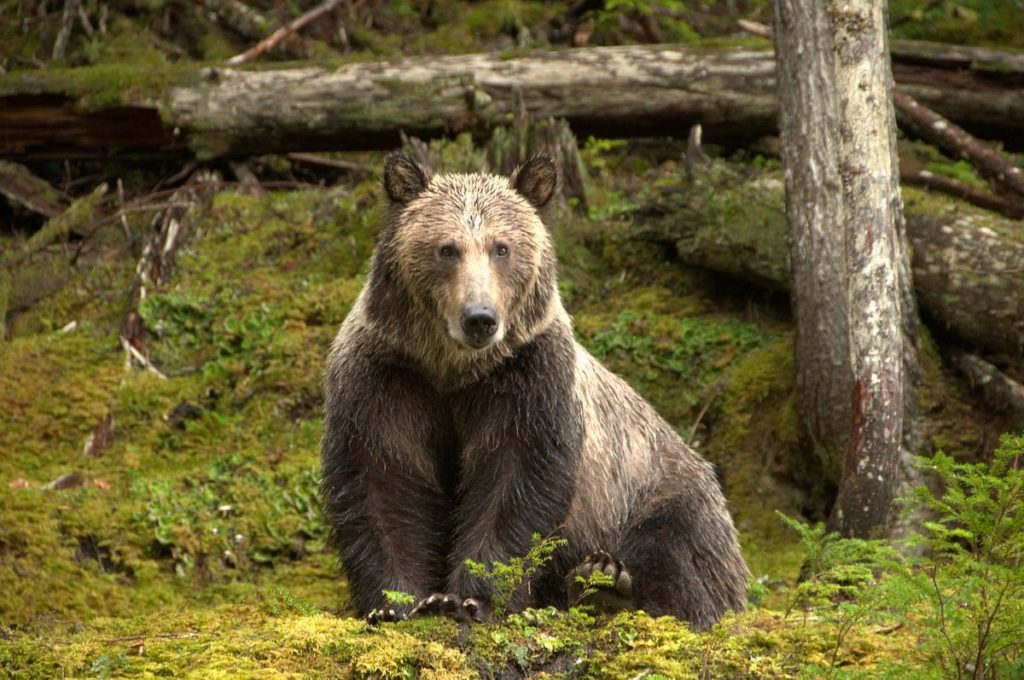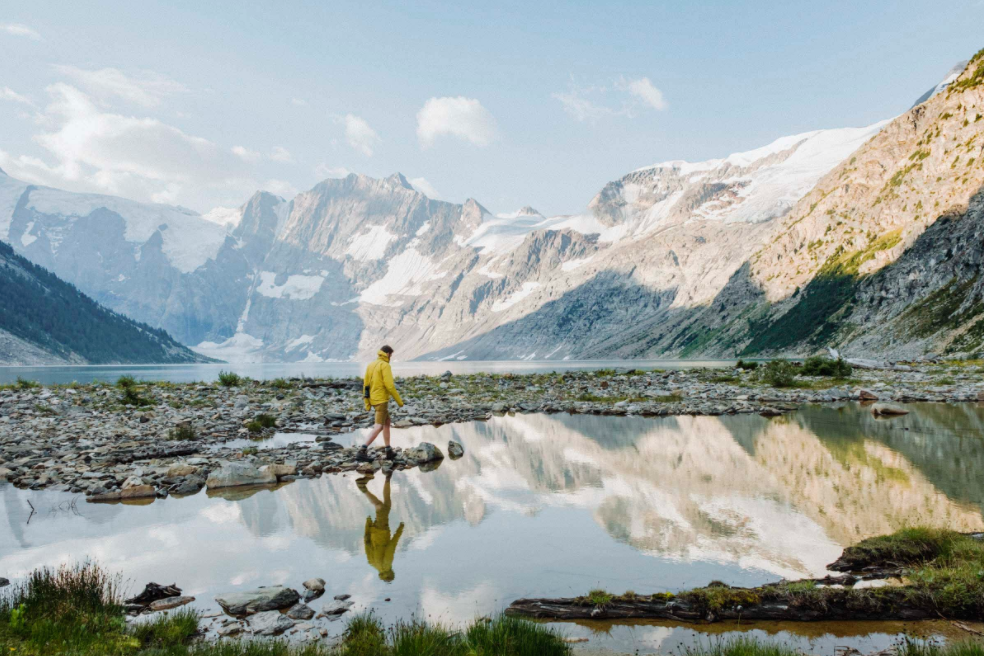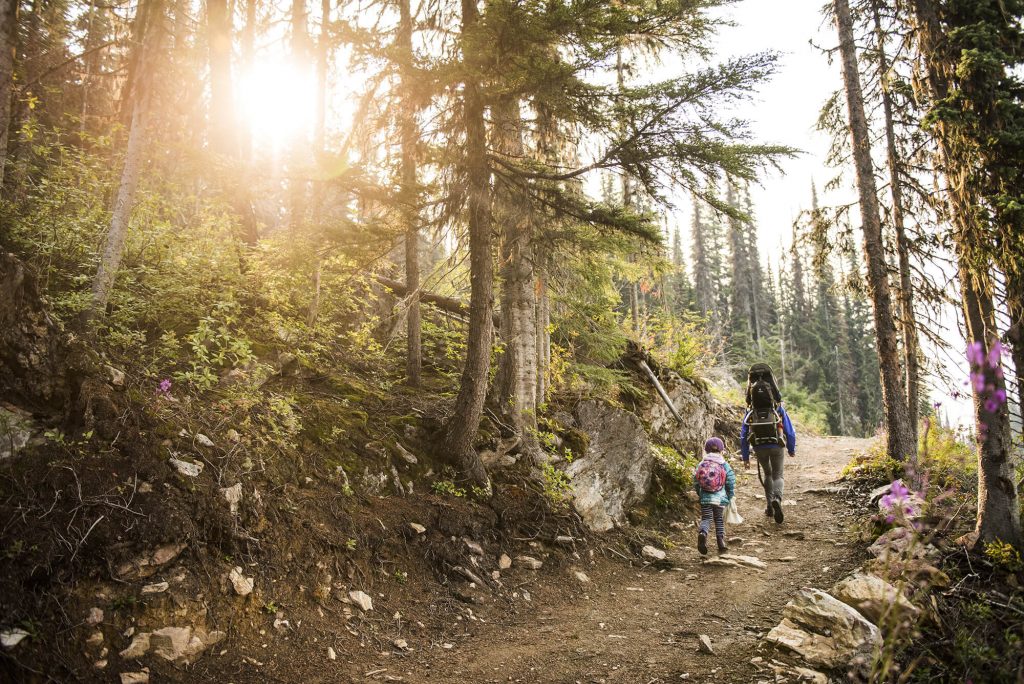Bursting with life, British Columbia takes the title as Canada’s most biologically diverse province, boasting 95 million hectares of captivating flora and fauna.
BC is proud to host over 1,100 species of vibrant vertebrates. This includes an impressive roster of 488 bird species, 468 diverse fish species, 142 unique mammals, 22 amphibians, and 18 species of reptiles.
In the Kootenays wildlife sightings can be an everyday occurrence, and here are some of our beloved animals:
Experience the breath-taking beauty of the unspoiled Kootenay region in southeast BC. It showcases rugged mountain ranges, untouched valleys, and the Black (or Brown/Cinnamon) Bears and the Grizzly Bears habitat corridors that proudly links Northern Montana to the Yukon and Northwest Territories.
If you see a Bear, maintain your distance, and under no circumstances should you attempt to nab that photo or get a closer look. Also, feeding these majestic creatures intentionally or inadvertently is a definite no-no. Remember the golden rule – what we bring in, we must take out. Should you find yourself suddenly in proximity, be still. Calmness is your strength. Never sprint, keep your deterrent primed (like bear spray), and incrementally widen the gap between you and the bear to exit safely from the area.
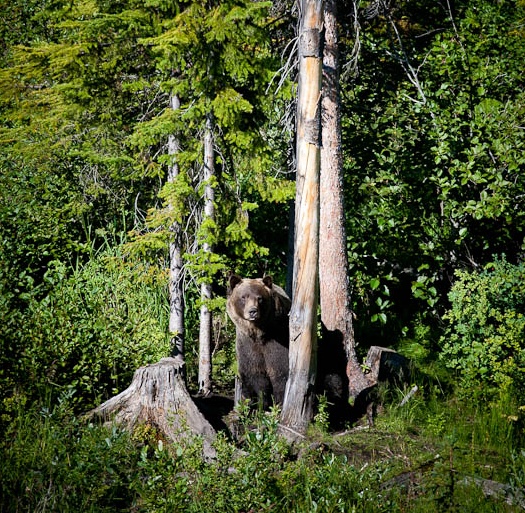
Radium Hot Springs is proud to share their home with the prestigious local residents, the Bighorn Sheep. Despite the recent decline in their population due to vehicle-related issues, they remain committed to their conservation. From an initial 250, the valiant herd stands strong at 120 and they hope their “Save the Sheep” initiative will deliver a brighter future for these amazing animals.
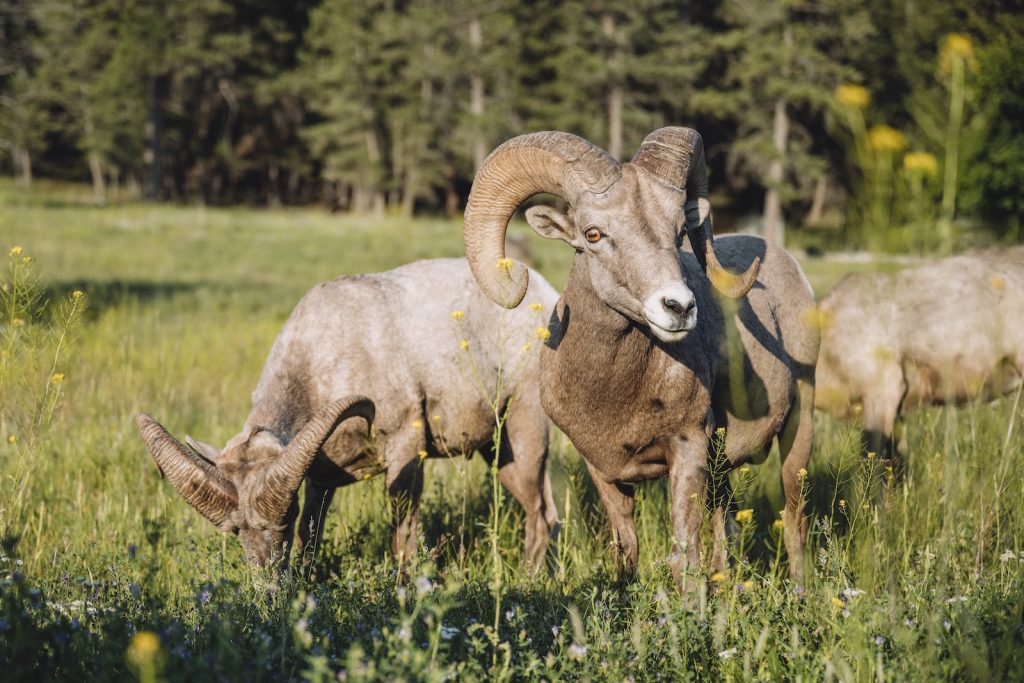
Castlegar’s Columbia White Sturgeons reach staggering lengths of over ten feet and tip the scale at a massive 181 kilograms (400 pounds)! Banish your fears, these gentle goliaths pose no threat to humans, instead they feast on fish carcasses, crustaceans, and mollusks. Catching sight of such imposing yet benign creatures is an extraordinary privilege, a rarity attributed to their unfortunate status on the endangered species list. As such, fishing is strictly off-limits. However, we strongly encourage keen observations from your paddleboards and kayaks.
Mule deer dominate the Kootenay landscape, inhabiting a vast array of habitats. Mule & White-tail Deer masterfully balance their diets between the rich shrubs and woody plants, as well as the abundant grasses in the region. Not limited to the wild (rural areas), they are present in urban areas, marking their presence known.
During the fawning season, it’s a natural instinct for mothers to become fiercely protective of their fawns. It’s imperative that you maintain control over your pet by keeping them quiet and on a leash. If you happen to see a watchful Doe (mother), ensure that you confidently make a retreat. Safety first, remember to respect wildlife boundaries.
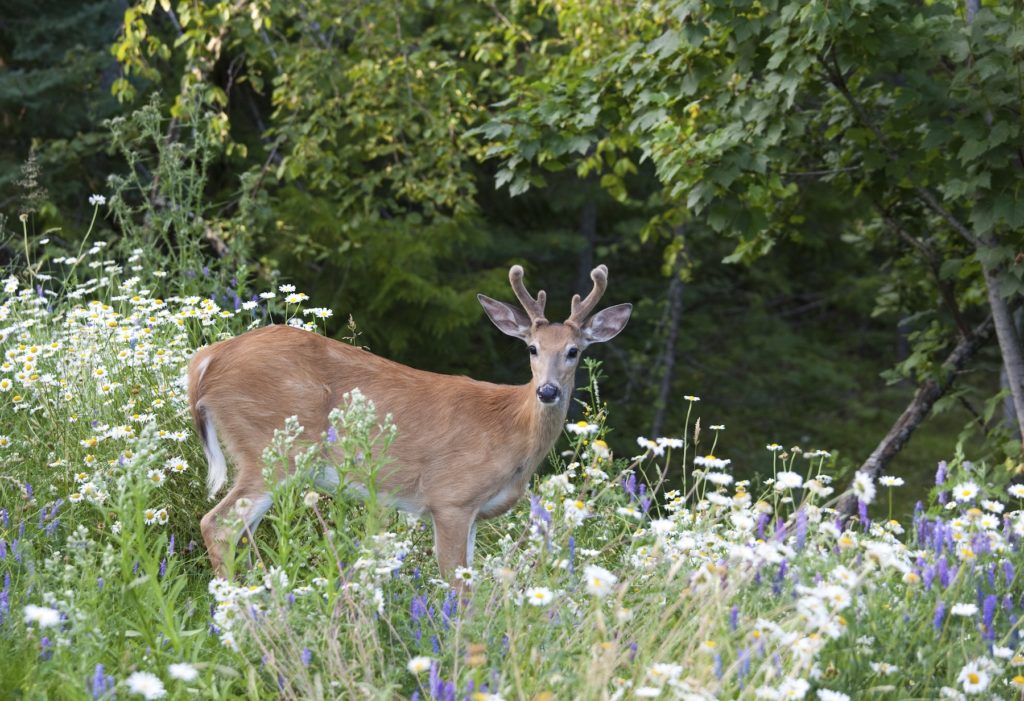
Along the Rocky Mountain Trench, south of Canal Flats, is estimated to have the largest herd of Rocky Mountain Elk. Further north, in the Columbia Valley, there is another big herd. You may also see them in the Elk Valley, the Creston Valley and the Cranbrook/Kimberley areas.
Maintain full alertness while driving, especially during twilight. The majestic Rocky Mountain Elk are known to be active around this time and could pose a challenge to spot due to the diminishing light.
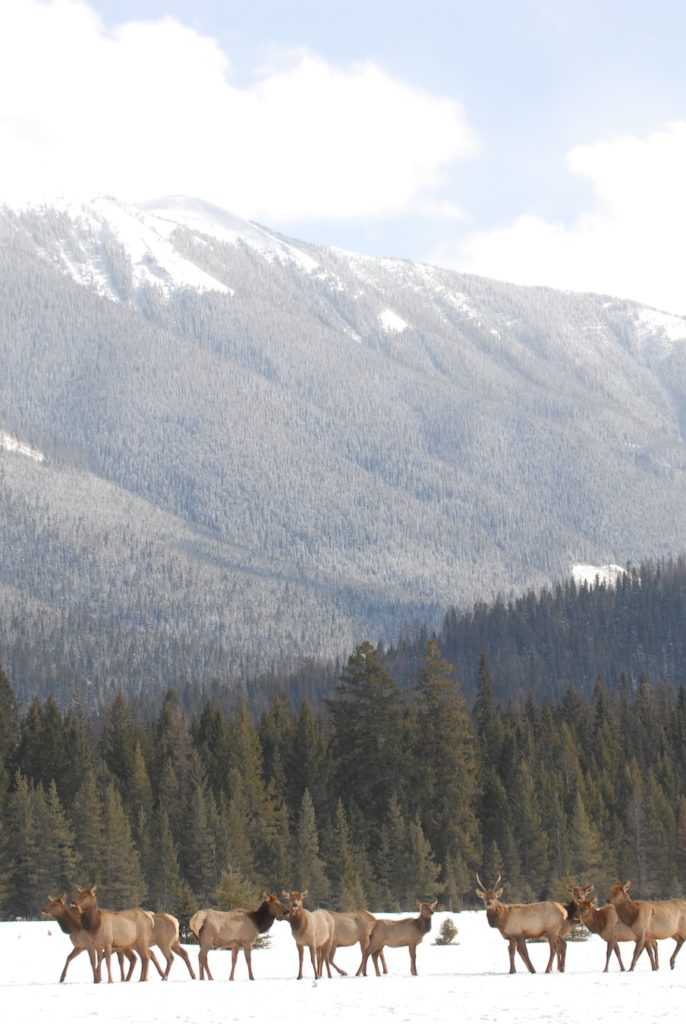
Showcasing one of nature’s most magnificent creations – the Great Blue Heron. Towering over a metre (3.3 feet) tall and flaunting a wingspan up to two metres (6.6 feet) across, these majestic creatures brilliantly exhibit patience as they stand immobile in shallow waters, masterfully awaiting their prey. Gracing the banks of the Columbia River in Castlegar throughout the year, their captivating fishing techniques in the shallows truly make them a sight to behold.
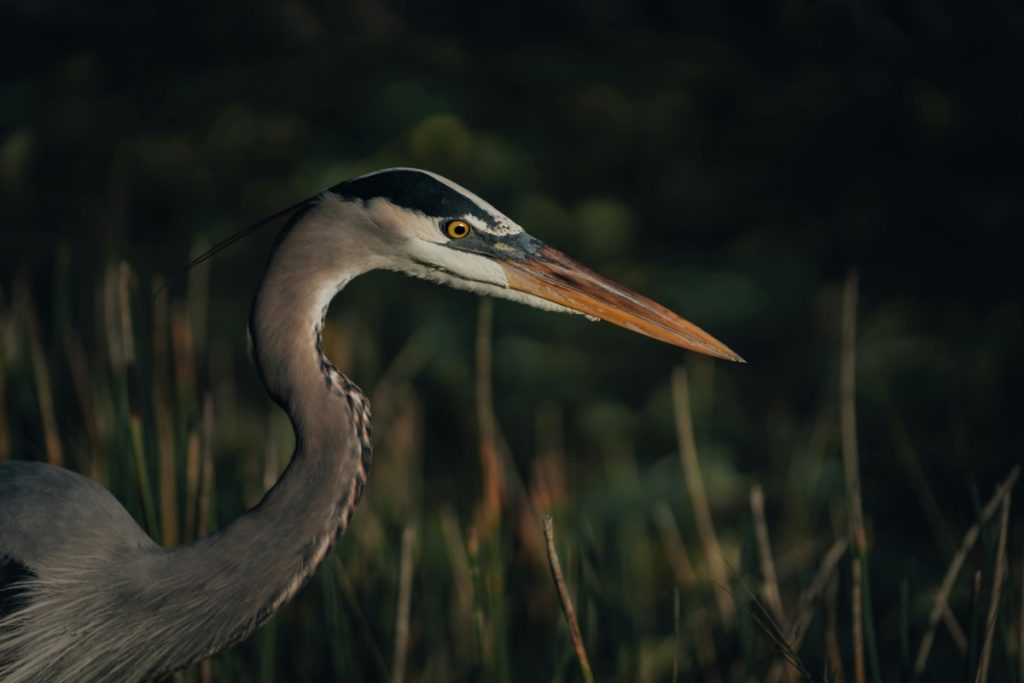
The robust Kokanee Salmon’s unique, vibrant red shade truly sets them apart, making them an attractive sight for eagles, bears and lovers of angling. With a bold determination, they choose the depths of the lakes/river or the shallows of streams to spawn. Remarkably, for the Kokanee, spawning signifies their last heroic act in their life cycle.
When the late fall sets in, they commence their remarkable spawning journey. Amid clean, gravel-rich environments of lakes, rivers, and streams, female Kokanee lay her eggs in nests (called ‘redds’) . These redds become the refuge for the Kokanee juveniles for about a month, until they ultimately liberate themselves, venturing into open waters and forming schools.
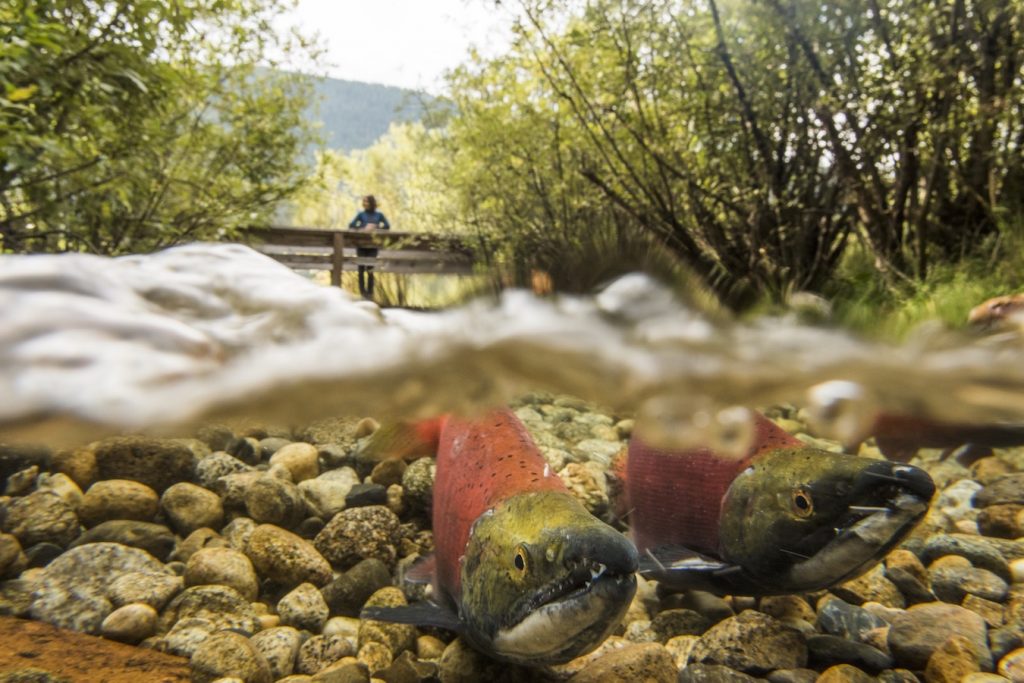
Living an impressive life of up to 20 years in the wild, Moose showcase nature’s resilience in its raw form with their median lifespan spanning 10-15 years. Bulls and cows showcase a unique camaraderie during the rutting season, brimming between mid-September to mid-October. Their communication reaches a crescendo during this period as the quest for finding their mate intensifies. Bulls’ antlers are not mere adornments but tools of display and combat, wielded skillfully to demonstrate dominance and earn the right to breed with cows.
Moose are truly versatile creatures, possessing the remarkable ability to swim with strength, even submerging entirely underwater to feed on aquatic vegetation. Their long legs and colossal cloven hooves are wonderfully adapted for navigating through harsh terrain of deep snow and soft mud.
Moose exhibit an impressive capacity for sense perception, with exceptional hearing and smell. Prioritize maintaining a safe distance whilst ensuring these animals are not cornered without an escape route. In the unlikely event of a moose charge, strategic refuge in a nearby car or building presents the safest protocol. Failing that, leveraging the presence of large trees or other sturdy objects could serve as an effective defensive barrier. Also, drive vigilantly, particularly during twilight hours, to circumvent unfortunate encounters with moose on the roads/highways.
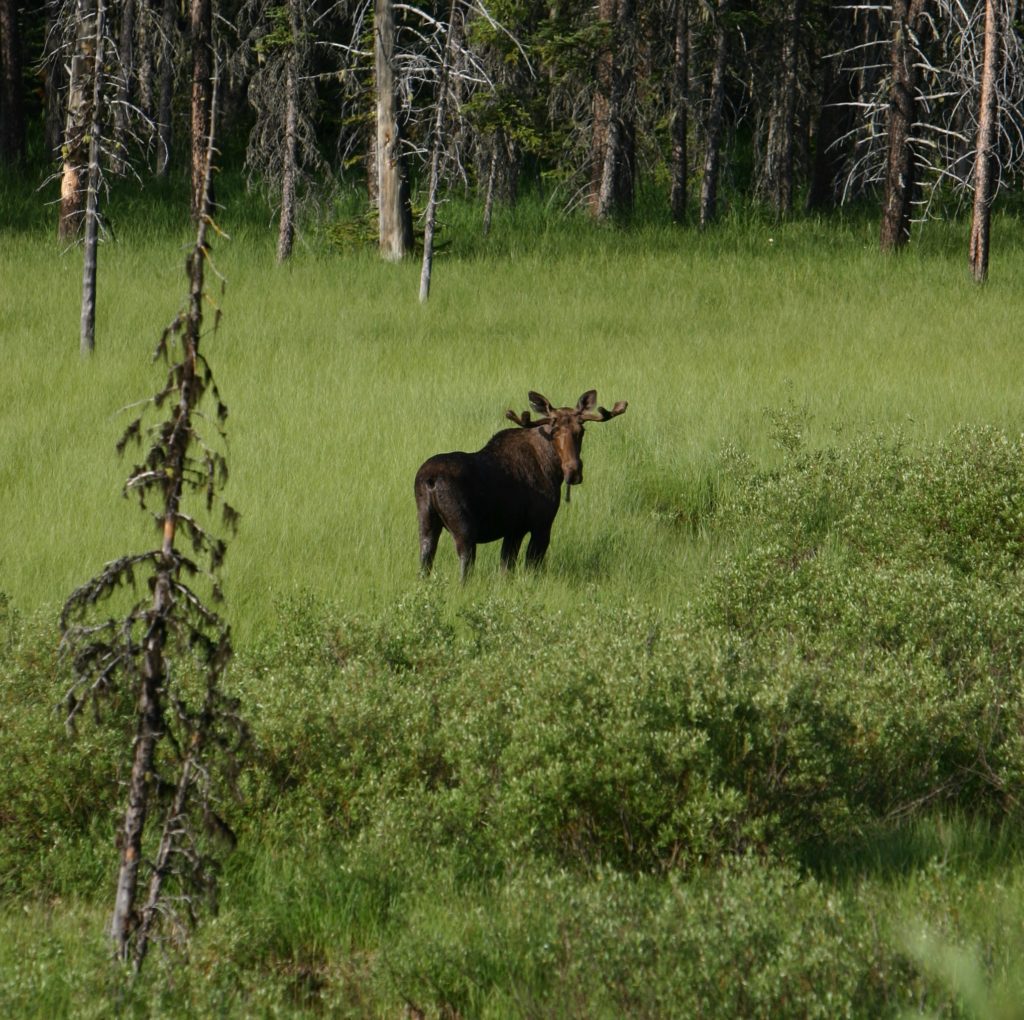
Mountain Goat populations, despite being geographically circumscribed and numerically limited, thrive in their unique habitats. Their radiant white coats and glossy black horns, proudly adorned by both genders, make them effortlessly noticeable even from a distance. Uniquely, the horns emerge from a bony core, a distinctive feature as they do not shed like antlers.
When confronted with a mountain goat, demonstrate assertiveness by maintaining a safe distance. Should the goat insist on encroaching further, wave a piece of clothing robustly and yell with conviction to deter it. Remember, we set the boundaries – never surround, pursue, or follow one. Under no circumstances should you feed the goats or entertain their curiosity with you or your backpack.
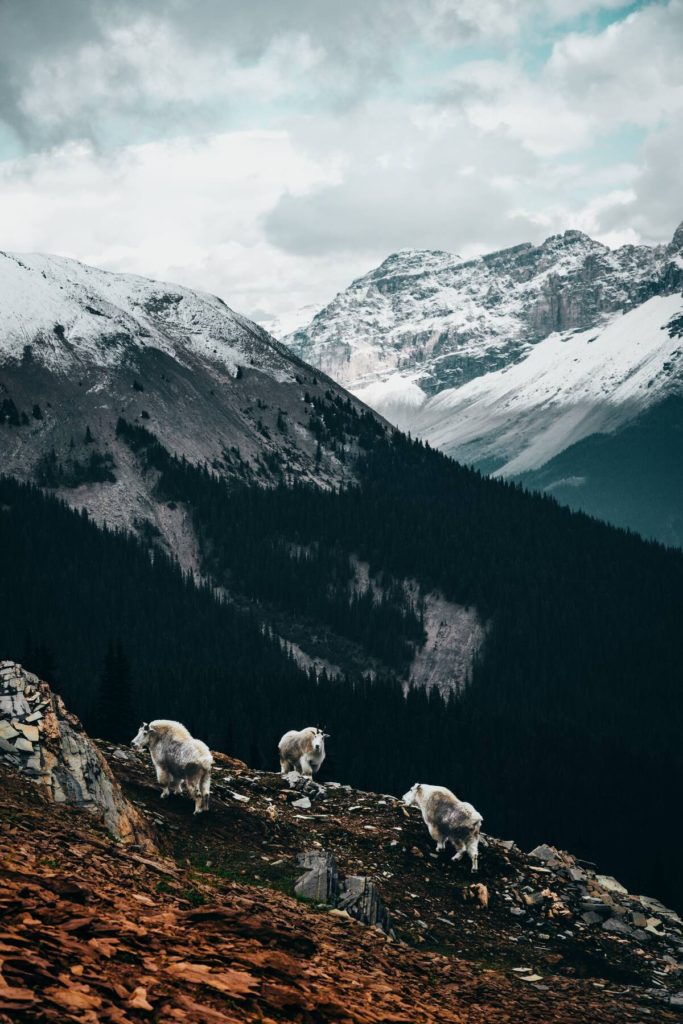
Taking the skies with absolute confidence, the majestic Osprey marks its arrival in Kootenays in the month of April. Remaining in command of the terrain until October, this migratory wonder calls lakes, rivers, and reservoirs its haven. Oscillating between diverse forest types, the Osprey truly defines adaptability and strength.
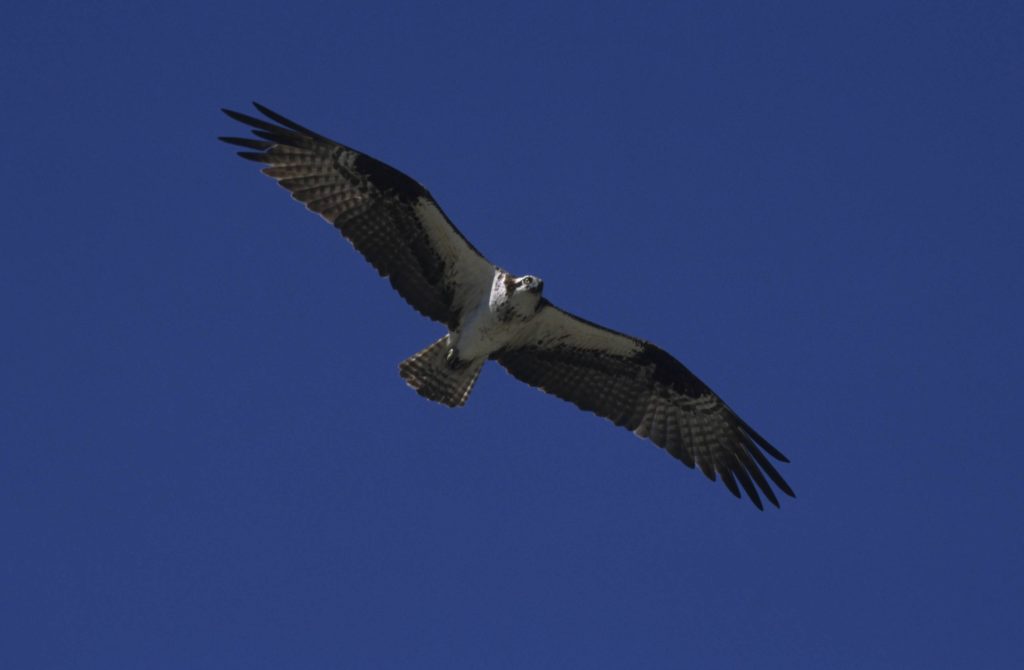
Kikomun Creek Provincial Park, a neighbour to Lake Koocanusa and Surveyor’s Lake, boasts a thriving population of about 800 to 900 Painted Turtles. In fact, the Painted Turtle is the sole native freshwater turtle of British Columbia. These fascinating creatures don’t just reside in Kikomun Creek Park – you’re likely to spot them dotting the Rocky Mountain Trench north to Golden, the Creston Valley, and in the Nelson Kootenay Lake area. We encourage everyone to gain knowledge about this distinctive component of BC’s rich fauna and actively participate in conservation initiatives. The absence of this vibrant turtle would undoubtedly diminish the charm of our waters.
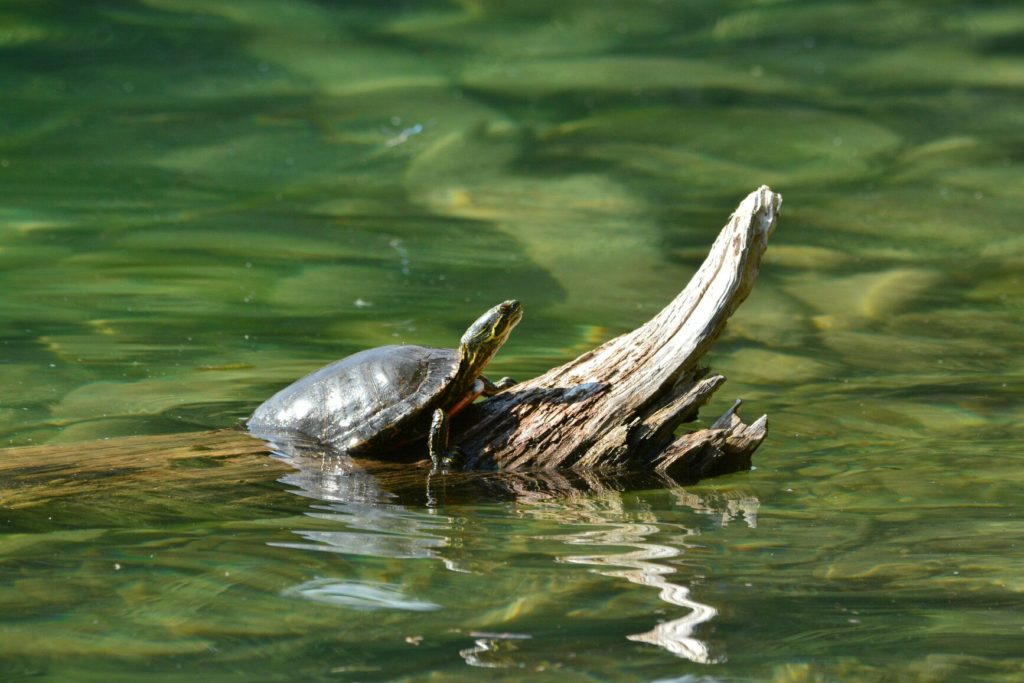
The Southern Mountain Caribou have been an integral part of the natural tapestry since the last ice age over 10,000 years ago. They have superbly adapted to flourish in the Kootenay’s moist, mountainous forests. The Kootenays proudly houses the two southerly mountains of Central Selkirk and Columbia North herds. Unfortunately, the other seven herds in this region have been declared locally extinct in the past two decades. Let’s ensure the legacy of these resilient creatures continues.
Unlock the fascinating world of Western Toads, widely spread across Canada, including the Kootenays. The Arrow Lakes Valley and its tributaries in the Slocan Valley boast the presence of these creatures in locations like New Denver/Silverton, Castlegar, and Nelson Kootenay Lake, extending north to Duncan Lake. During periods of significant Toad and Toadlet migration, especially near Summit Lake Provincial Park, committed volunteers take the helm, ensuring safe passage across the highway with tools as simple as buckets. An annual flagship event, ToadFest, not only shines the spotlight on these amazing amphibians but also mobilizes manpower to aid them and serves as an excellent education platform.
Ensuring the longevity and security of wildlife populations in the Kootenays is crucial – as it points towards a robust ecosystem. Working collectively, we strive to safeguard these habitats, while ensuring the survival and prosperity of these remarkable animals for future generations.

